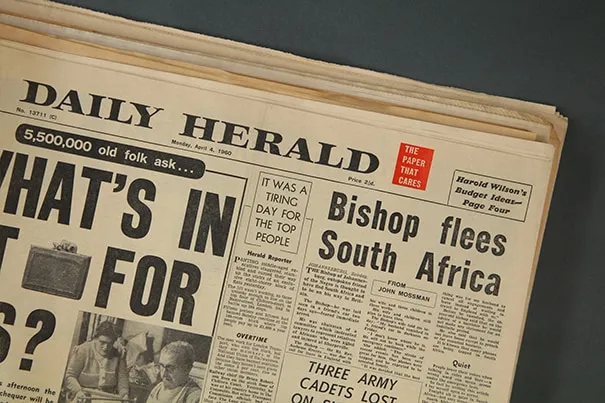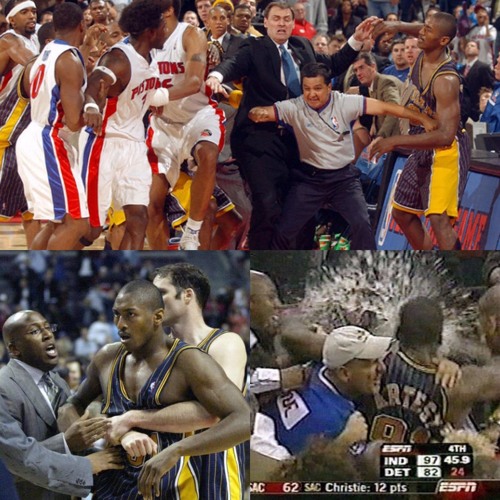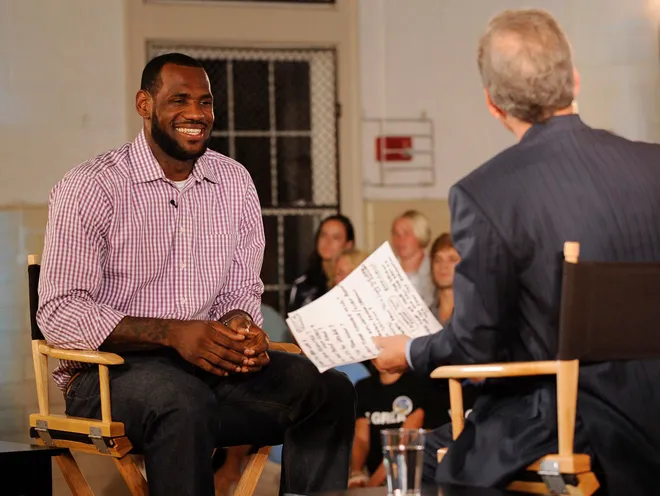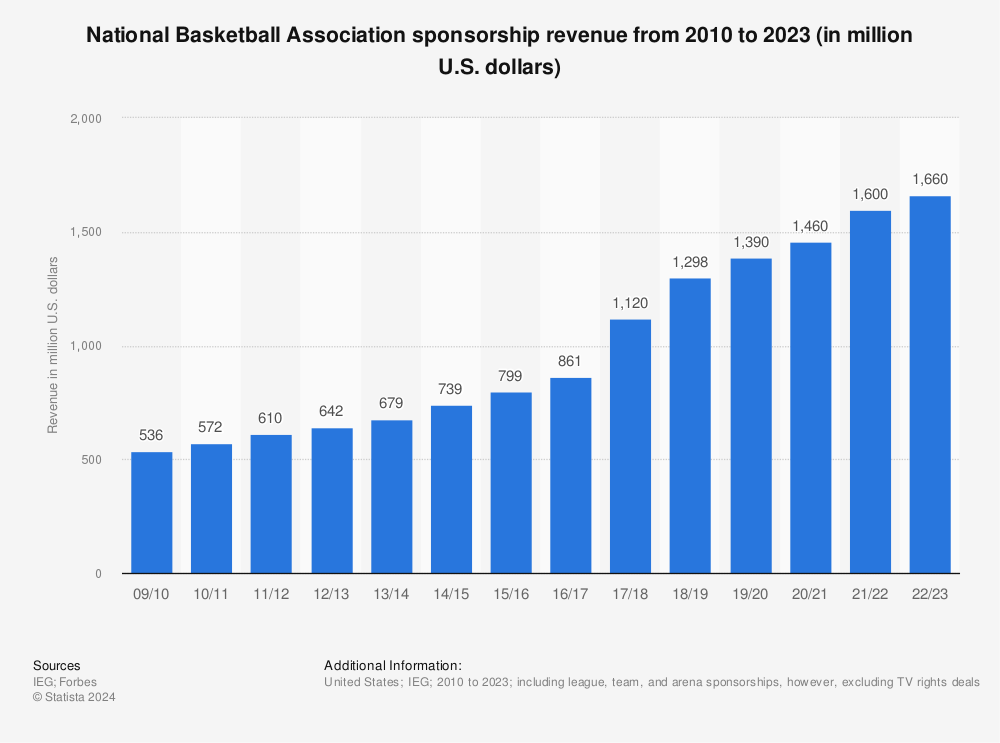According to the book Manufacturing Consent, Noam Chomsky wrote (referring to the communication media of the U.S) “are effective and powerful ideological institutions that carry out a system-supportive propaganda function, by reliance on market forces, internalized assumptions, and self-censorship, and without overt coercion”. He countered the idea that a free and independent press holds governments, politicians, and other powerful entities accountable for their actions (Herman and Chomsky, 1988). Chomsky also claims that Democracy is staged and serves the purpose of the Elites and advertisers rather than the masses.
In this video by Aljazeera, they explain Noah Chomsky’s theories about media and how the media system works. In the video, Aljazezeera shows us that those in power want the masses to “fall in line” and they show how these media companies work and why they are so powerful. They also explain how we as consumers are “assets” to these media companies with advertisers wanting to push their products to the masses and in return pay a lot of money to the media companies. There are countless other steps such as having a strong connection with journalists and elites to keep power and more, This in turn is a “money-making machine” and those who don’t follow the structure will not succeed.

In the video, they focus on broadcasting media but this is still relevant to other forms of media like Newspapers. In the book Media Cultural Studies, they echo the point of how large media companies are connected with the government and banks. Within this point, they explain how in the Newspaper market, Newspapers with adverts within them have a much bigger advantage compared to their competitors since it gives them the ability to sell their newspapers cheaper and produce more (Meenakshi Gig). They gave an example of The Daily Herald which at the time was leading the UK in sales, beating the likes of the Guardian, the Times and more with a daily readership of 9.3 million but due to a lack of advertising support, the Daily Herald failed (Meenakshi Gig). This shows no matter how big you are, if your company/media doesn’t adapt with its competitors your business will fail. This is still relatable in the modern age with most social media having a certain algorithm to be successful.

A good example of how this is also demonstrated is with the NBA which in recent years has taken a clear shift with how the product is and how it is sold to advertisers. In the 2000s, the NBA (despite it being successful) had a lot of problems within the league. The league had just lost its greatest attraction Michael Jordan and was hard to sell to consumers and advertisers. The brand of Basketball was unenjoyable to casual fans, to many, was too physical and the product itself was hard to sell to companies due to players within the league having legal cases with players. The breaking point was in 2004 when the so-called Malace at the Palace happened.

Malice at the Palace was a brawl in 2004 which led to players attacking fans in the stands
From then on the NBA changed their in-game rules to make their games more enjoyable to consumers, added harsh punishments for reckless and dangerous behaviours and gave individual players a much bigger voice on where they want to play (Grant, 2013). This last example was huge as now the NBA gave the players power to choose their destiny which in turn made players either loved or hated by fans based on their decisions.

LeBron going on National TV to announce “The Decision” 
Kevin Durant signing with the Golden State Warriors after losing to them the previous year in the Playoffs
A few examples of this were Lebron’s move to Miami in 2010 and Kevin Durant’s move to Golden State in 2016. Both of these moves were unpopular but added a storyline to the NBA’s product. Despite these moves not being popular, they added a lot of talking points for the upcoming seasons and ultimately added more eyes to their product.

The figures show that these moves indeed did help their product for the fans and the advertisers since basketball is “the fastest growing sport in the world” (www.flaunt.com, n.d.). Despite the NBA not being a typical media source, it follows the filters apart from the “common enemy”. This is because, unlike the news, the NBA is distracting the masses and can be seen as a way to keep the masses appeased like all entertainment. You can look at these “entertainment businesses” and say they work hand in hand with these media outlets to control the people.
References
Grant, H. (2013). How the Game has Changed. [online] Horacegrant.com. Available at: https://www.horacegrant.com/blog/how-the-game-has-changed/.
Herman, E.S. and Chomsky, N. (1988). Manufacturing Consent: The Political Economy of the Mass Media. New York: Pantheon Books.
Meenakshi Gig, D. (n.d.). Media and Cultural. Rev. ed. ed. Wiley-Blackwell.
www.flaunt.com. (n.d.). The WorldŌĆÖs First Smart Basketball Hoop, Huupe, and the Great American Shooting Challenge. [online] Available at: https://www.flaunt.com/blog/huupe.
ŌĆī
ŌĆī


This is a really interesting piece that shows how corporate media influences consumers and supports those in power. The examples, like The Daily Herald and the NBA, make the ideas from Manufacturing Consent easy to understand. I especially liked how you connected media companies and advertisers, showing how they shape what we see and how we think. One idea you could maybe add is ways people can push back or avoid being influenced, like supporting independent media or being more critical of what we consume. Overall, this is fantastic.
This blog offers a fascinating take on ChomskyŌĆÖs media theories and effectively ties them to diverse examples like newspapers and the NBA. The NBA example is particularly unique, showing how entertainment also serves to shape narratives and maintain power structures. However, it might be helpful to expand on how these ideas connect to the rise of digital platforms and social media algorithms today, as they play an increasingly significant role in influencing public opinion. Overall, a thought-provoking read!